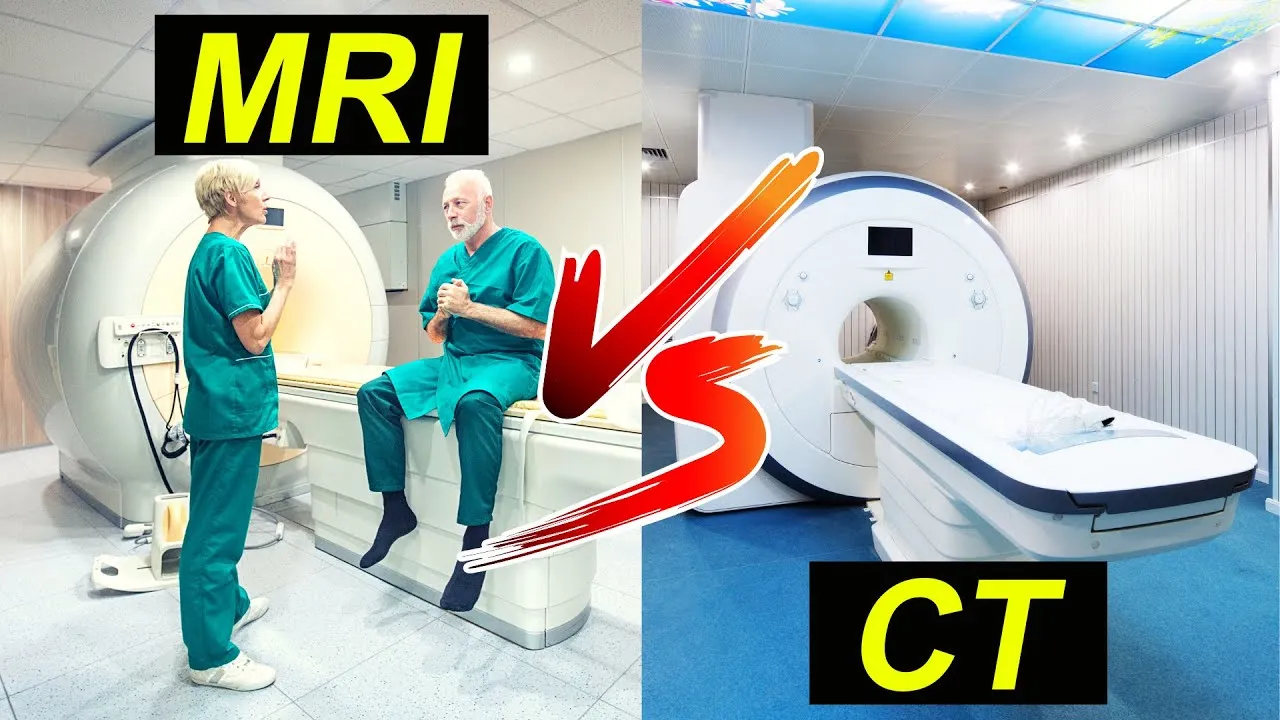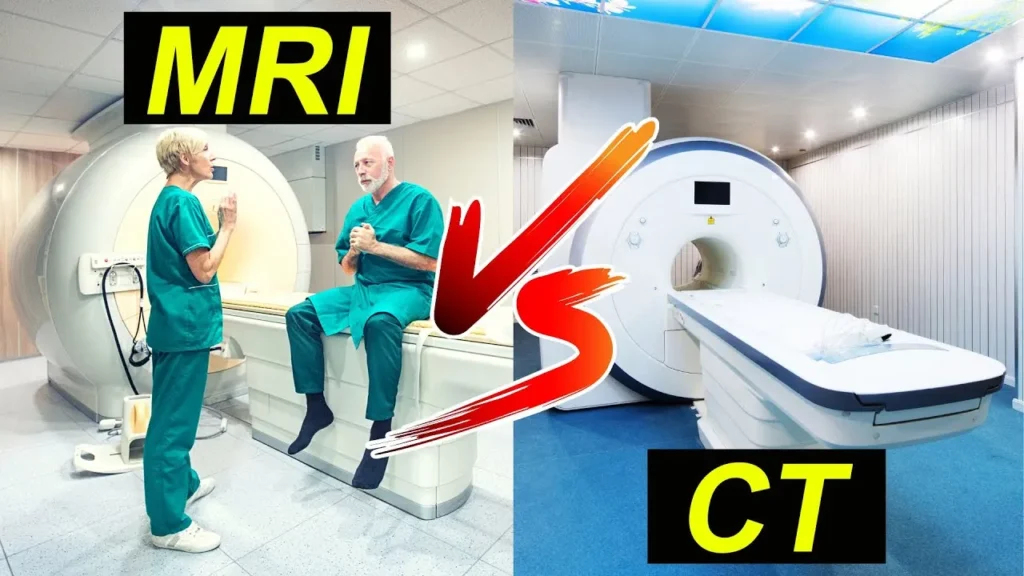
Differences between MRI and City Scan

Medical imaging has revolutionized the way health professionals diagnose and treat diseases. Two of the most common imaging techniques used are magnetic resonance imaging (MRI) and computed tomography (CT) scan. Both are non-invasive techniques that allow for detailed images of the body’s internal structures, but they differ in terms of the type of images they take, the equipment used, and the medical conditions they are best suited for. In this article, we’ll explore the differences between MRI and City Scan to help you understand which procedure may be best for your specific needs.
Table of Contents

What is MRI?
MRI is a non-invasive medical imaging technique that uses a magnetic field and radio waves to produce detailed images of internal structures. During an MRI, the patient lies on a table that slides into a cylindrical tube. The magnetic field causes the atoms in the body to align, and radio waves are used to cause the atoms to release energy, which is then detected by an MRI machine and used to create detailed images of the body’s internal structures. is done. MRI images are detailed and can show soft tissue structures such as organs, muscles, and blood vessels.
What is City Scan?
City scan, also known as CAT scan, is a non-invasive medical imaging technique that uses X-rays and a computer to create detailed images of internal structures. During the City Scan, the patient lies on a table that slides into a doughnut-shaped machine that rotates around the patient. X-rays are used to create multiple images of the body, which are then processed by computers to create detailed, three-dimensional images of internal structures. CT scans are useful for showing bone structure as well as for identifying abnormalities such as tumors.
Difference in Imaging
The primary difference between MRI and City Scan is the type of images they produce. MRI images are detailed and show soft tissue structures such as organs, muscles, and blood vessels. CT scans, on the other hand, are useful for showing bone structure and identifying abnormalities such as tumors. In some cases, both MRI and CT scanning may be used together to provide a more complete picture of the patient’s condition.
Difference in Equipments
MRI and City Scan also differ in terms of the equipment used. MRI machines are large, cylindrical tubes inside which the patient lies. The machine generates a magnetic field that causes the atoms in the body to align, and radio waves are used to cause the atoms to release energy, which is then detected by the MRI machine and used to produce images of the body’s internal structures. Used to create detailed images. CT scan machines are donut shaped and the patient lies on a table that slides into the middle of the machine. X-rays are used to create multiple images of the body, which are then processed by computers to create detailed, three-dimensional images of internal structures.
Difference in medical conditions
MRI and City Scan are useful for a variety of medical conditions. MRI is particularly useful for imaging the brain, spinal cord and other soft tissue structures. It is commonly used to diagnose conditions such as multiple sclerosis, brain tumors, and spinal cord injuries. On the other hand, CT scan is particularly useful for imaging the chest, abdomen, and pelvis. It is commonly used to diagnose conditions such as lung cancer, liver disease, and kidney stones. In some cases, both MRI and CT scanning may be used together to provide a more complete picture of the patient’s condition.
Difference in radiation exposure
An important consideration when choosing between an MRI and a CT scan is the amount of radiation exposure. CT scans use X-rays, which expose the patient to radiation. Even though the amount of radiation exposure is relatively small, it can increase a patient’s risk of cancer over time. MRI, on the other hand, does not use ionizing radiation, making it a safer option for patients who require multiple scans or are at risk of radiation exposure.
Difference in preparation
MRI and CT scan also differ in terms of patient preparation. For an MRI, patients are usually asked to remove all metal objects, such as jewelry or clothing with metal fasteners. Patients with certain medical devices, such as pacemakers, may not be able to have an MRI. For CT scans, patients may be asked to refrain from eating or drinking for a certain period of time before the test. They may also be asked to drink a contrast material to help improve the visibility of certain structures on the images.
Cost difference
The cost of MRI and City Scan can also vary. MRI tends to be more expensive than CT scan, as the equipment is more expensive to operate and maintain. However, the cost of each procedure can vary depending on the specific facility, insurance coverage, and other factors.
Conclusion
Both MRI and City Scan are non-invasive medical imaging techniques used to diagnose and treat a wide range of medical conditions. While both procedures have their strengths, they differ in terms of the types of images generated, the equipment used, the medical conditions they are best suited for, radiation exposure, patient preparation, and cost. By understanding these differences, patients and healthcare providers can choose the imaging technology that best suits their needs and provides the most accurate diagnosis and treatment plan.
FAQs
What is the primary difference between MRI and City Scan?
MRI images are detailed and show soft tissue structures such as organs, muscles, and blood vessels, while CT scans are useful for showing bone structure and identifying abnormalities such as tumors.
For what medical conditions are MRI and City Scan best suited?
MRI is particularly useful for imaging the brain, spinal cord, and other soft tissue structures, while City Scan is particularly useful for imaging the chest, abdomen, and pelvis.
Are MRI and City Scan different in terms of radiation exposure?
Yes, City Scan uses X-rays, which expose the patient to radiation, whereas MRI does not use ionizing radiation, making it a safer option for patients who require multiple scans or who are at risk of radiation exposure.
Is there any difference in cost of MRI and City Scan?
Yes, MRIs tend to be more expensive than CT scans because the equipment is more expensive to operate and maintain, but the cost of each procedure can vary depending on the specific facility, insurance coverage, and other factors.




